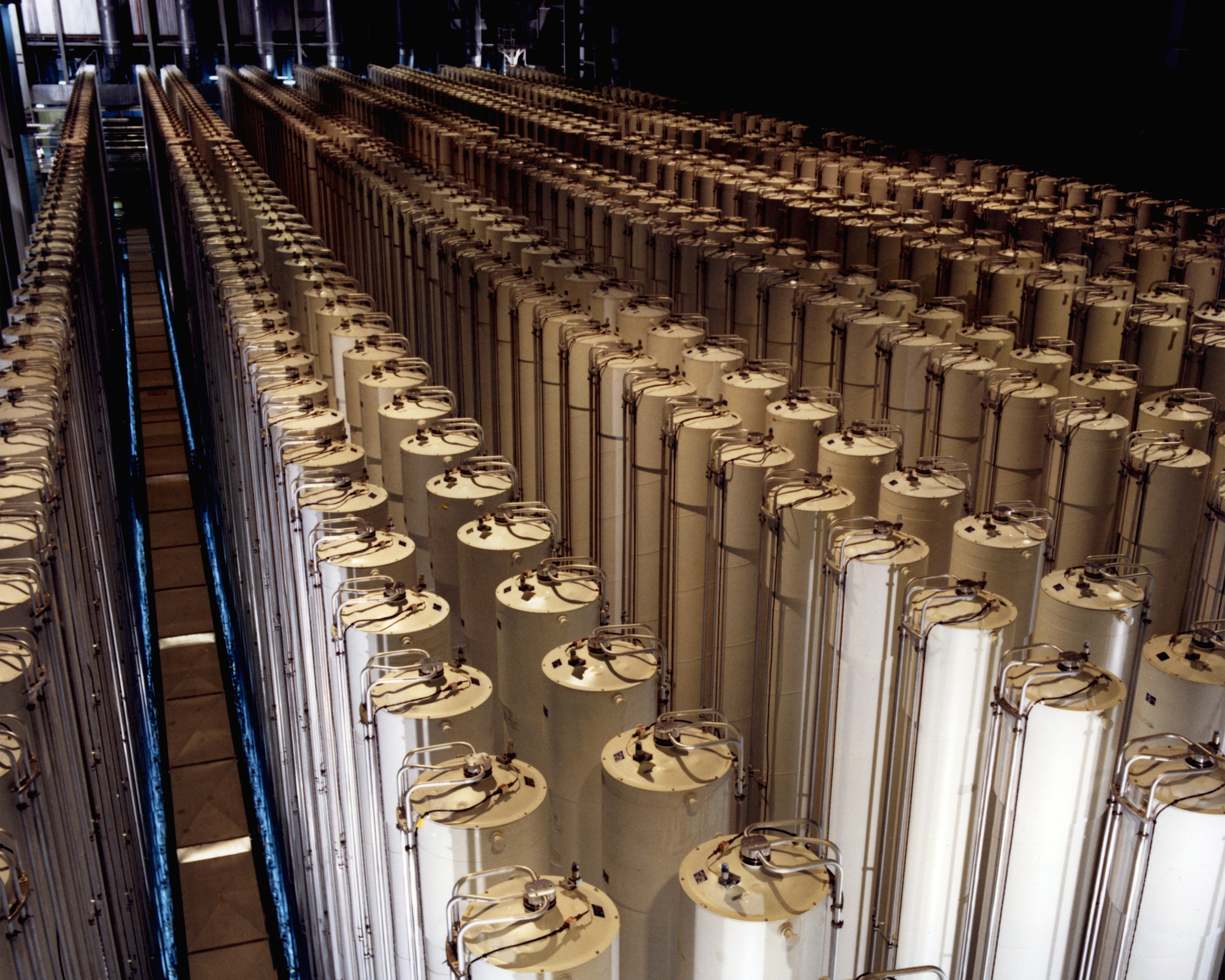Risks outweigh rewards of uranium enrichment innovation, study says

Risks outweigh rewards of uranium enrichment innovation, study says
- March 10, 2010
- Findings by UCI economist Linda Cohen and Georgetown physicist Francis Slakey published in March issue of Nature
-----
Growing concerns about climate change have increased international and commercial
interests in expanding nuclear energy, a carbon dioxide-free source of electricity.
Advances in new laser-based technology are promising to make uranium enrichment -
a key component in the production of the fuel that powers nuclear power plants - cheaper
and the plants that produce it, smaller.
While smaller and cheaper may normally be considered innovative pluses, UCI economist
Linda Cohen and Georgetown physicist Francis Slakey argue that with nuclear energy,
risks far outweigh potential rewards earned through innovation. They make their case
in an opinion piece published in the March 4 issue of the journal Nature.
“The issue is that the technology and process used to make nuclear fuel for electricity
is the same technology and process used to make nuclear fuel for bombs,” says Cohen.
According to estimates provided by the researchers, commercialization of the new laser-driven enrichment process – called separation of isotopes by laser excitation (SILEX) - would equate to a potential cost savings of no more than $2 per U.S. household per month.
“The cost savings from SILEX are an insignificant factor in whether nuclear power increases its share of either U.S. or global electricity production, and is thus irrelevant to a climate change solution,” says Cohen. Alternatively, she adds, the new technology “is a game-changer in the proliferation of nuclear weapons.”
“Innovating this process and making enrichment possible on a cheaper, smaller scale means that the technology will be easier to steal and easier to hide,” she says. “The potential wide-spread risk of nuclear proliferation is a very real threat - the risks and rewards just don’t stack up.”
Their argument is aimed at the U.S. Nuclear Regulatory Commission (NRC), a federal agency that licenses domestic nuclear power plants and enrichment facilities. The commission is currently reviewing an application that, if approved, would grant a license for a SILEX enrichment plant to be built in North Carolina. At present, there are no such plants operating in the U.S. or elsewhere.
“As of now, risk of proliferation is not a criterion used by the NRC in its determination of whether to grant a construction and operating license,” says Cohen, adding that such a policy change would require new legislation from Congress. However, since Nature’s publication of the opinion piece, Cohen has been invited to meet with NRC Chairman Gregory Jaczko, and with the Office of Science and Technology Policy.
“The time to control the technology is now – when only a few, technologically sophisticated
countries have the ability to build these enrichment facilities,” says Cohen. “This
is a technological problem with complex social, economic, environmental and security
implications, and its solution depends on inputs from policymakers, practitioners
and academicians.”
-----
Would you like to get more involved with the social sciences? Email us at communications@socsci.uci.edu to connect.
Share on:
Related News Items
- Careet RightMeet Constantine Manda, 2025 Advancing Research Grants for Early Career Scholars recipient
- Careet RightAustralia's grand social-media experiment
- Careet RightIn White House speech, Trump highlights victories amid sinking approval ratings
- Careet RightYou may have a superpower that lets you see an invisible world. It's more than just biology, scientists say.
- Careet RightBringing scientific insight to the causes of individual events


